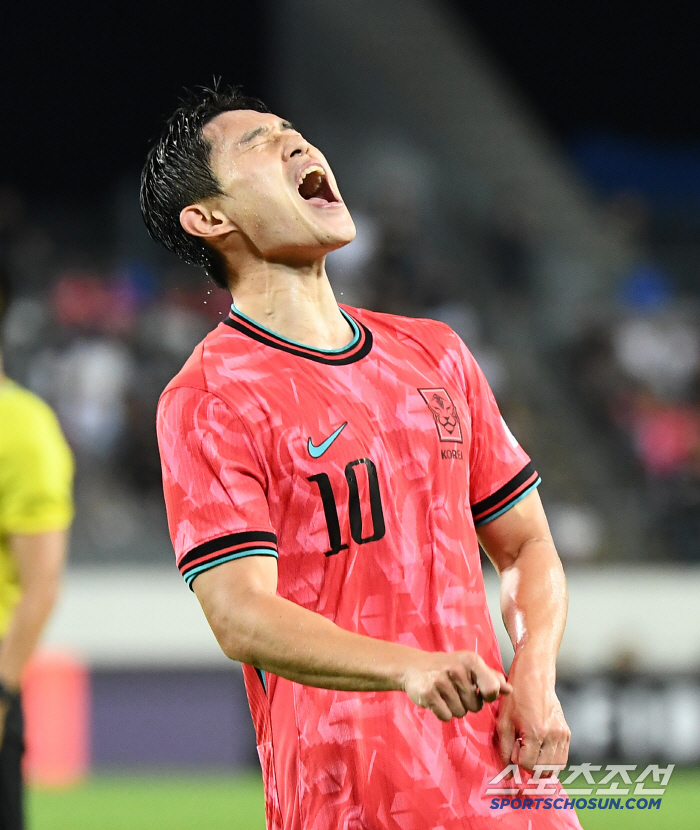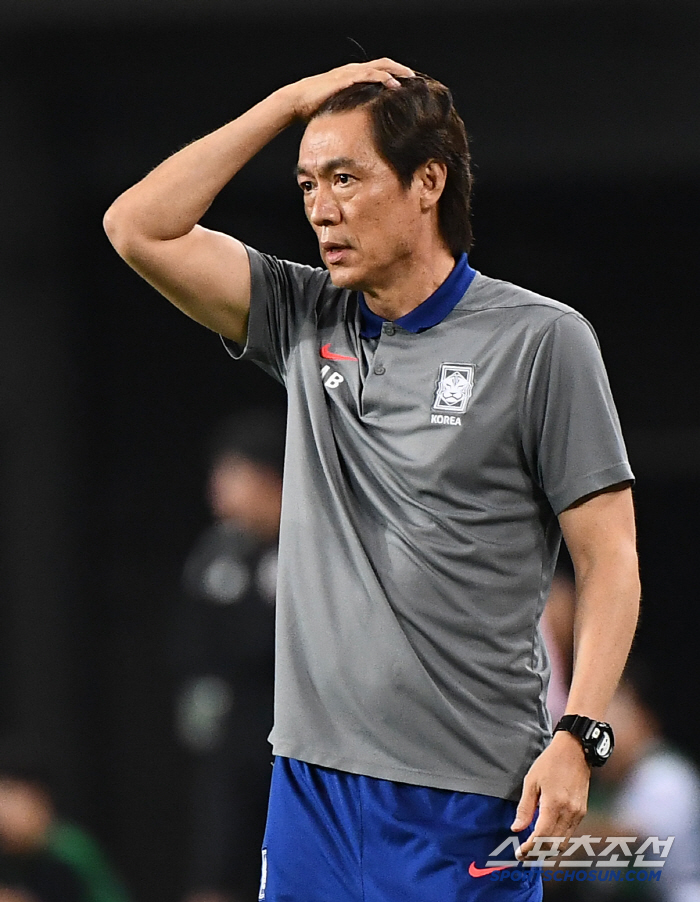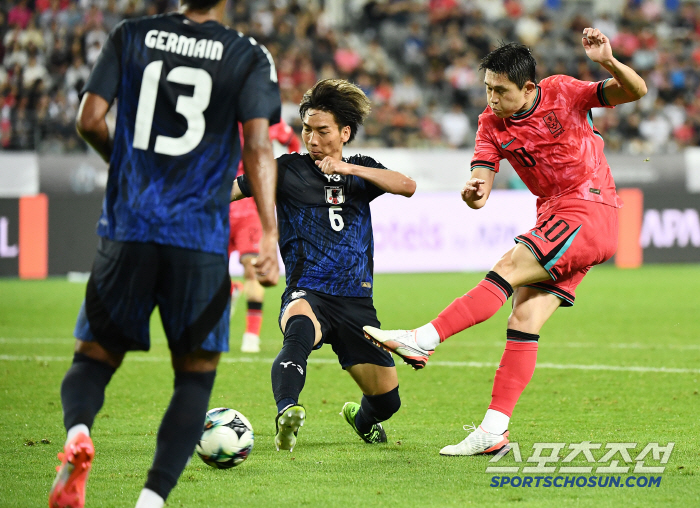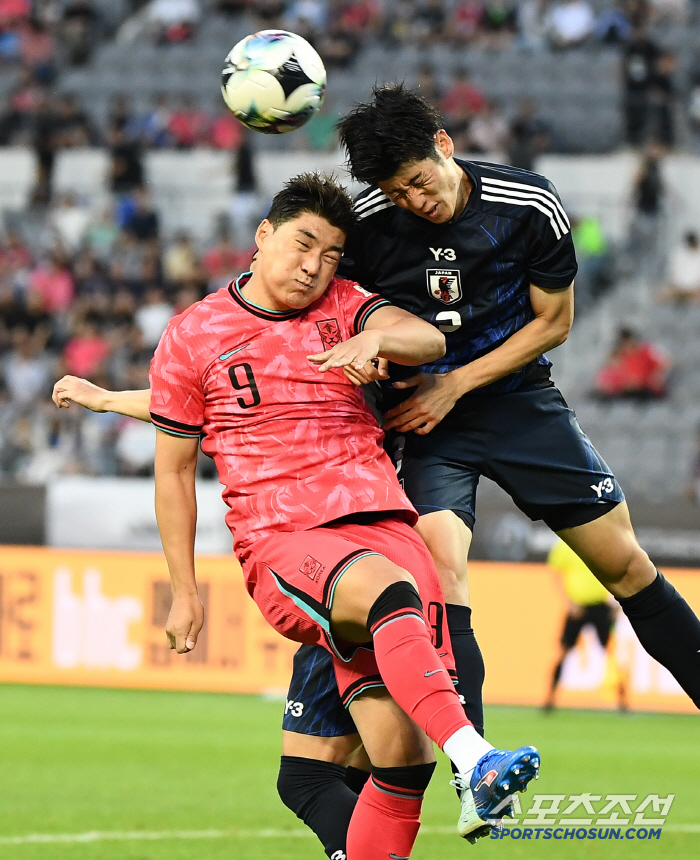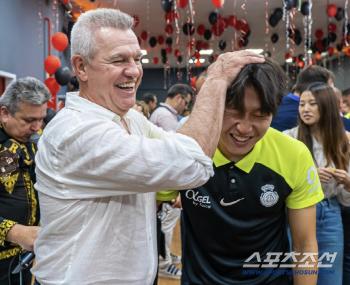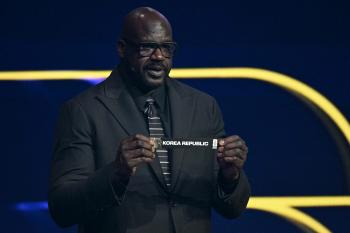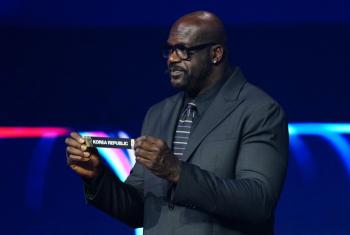Lee Dong-kyung Missing Resident Kyu Isolated Defensive Anxiety Three-Bag Wrong Example, Three-Bag with a Long Way to Go
|
|
Hong Myung-bo, head coach of the South Korean national football team, is testing a new tactic, three-back, at the 2025 East Asian Football Federation (EAFF) E-1 Championship (East Asian Cup) in Korea.
In order to be competitive in the 2026 North-China World Cup finals, which are full of strong teams, it seems that they need to know how to use three-back tactics along with the basic system of four-back.
Even considering that it was a de facto two-team tournament without all European teams, the three consecutive games against China, Hong Kong and Japan were a golden opportunity to apply and experiment with 'Hong Myung-bo three-back'.
South Korea got off to a good start, winning 3-0 and 2-0 respectively against China and Hong Kong. In fact, the reason why the FIFA rankings have never given up effective shots against the two teams ranked in the top 100 is because South Korea is good, but it also means that the opponent was that weak.
In that sense, the third game of the East Asian Cup against Japan, a strong team, at Yongin Mir Stadium on the 15th, was a stage to confirm the current status of the three-back.
Coach Hong changed only two positions compared to the lineup against China in the first round. The three-back was the same as Kim Joo-sung, Park Jin-seop, and Park Seung-wook. The wingback was the same as Kim Moon-hwan and Lee Tae-seok. It was a change that put Seo Min-woo instead of Kim Bong-soo in the defensive midfielder position and Na Sang-ho instead of Moon Seon-min in the winger position.
|
On this day, Japan also used three-backs, so the three-backs between the two countries were inevitably compared. Japan's three-back moved fluidly during defense and blocked the ball delivered to South Korea's offense, and the wingback aimed to penetrate the back space of South Korea's defense. The three-top also continued to change positions and seized the opportunity. In short, the whole team was 'Dynamic'.
Korea, on the other hand, was 'static' In the build-up situation, both wingbacks went deep into the opponent's camp, but they only stayed on the same line as the opponent's wingback, and did not think about seeking space. As they did not have the upper hand in the speed fight, they often competed one-on-one, and lost most of the fights. On the left side of the Korean standard, there were frequent mismatches between Lee Tae-seok, a 1m77-meter tall, and Mochitsky, a 1m92m.
The pass from the rear area into the back space of South Korea's defense was strong and sharp. Tensions increased significantly in the South Korean defense at the same time as the long pass. On the other hand, Korea's pass was directed toward 'side' or 'back'. Somewhere in the empty space, there were frequent passes that poked 'moderately' Promised plays like Japan were rarely found. You can make an excuse because it is a de facto 「K League All-Star」 that you have never worked with, but it is the same in Japan.
|
Coach Hong made changes in the front by excluding Joo Min-kyu and putting in Lee Ho-jae in the second half. Lee Ho-jae clearly fought with defenders with more active movements. Perhaps because of his tiredness in the second half, he aimed for an opportunity by increasing his ball possession against Japan. However, he couldn't find a way to break down Japan for 45 minutes in the second half. The obvious forward pass and clear side breakthrough were not enough to make a difference. He also showed few advantages of Hong Myung-bo's three-back. Coach Hong took on a big task ahead of the A-match friendly in September.
This article was translated by Naver AI translator.
